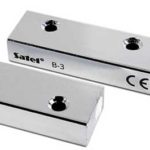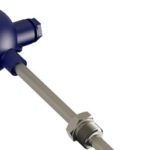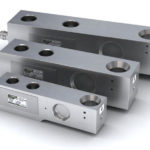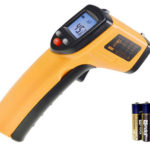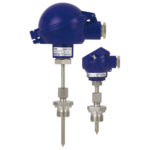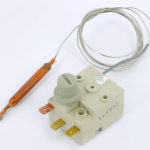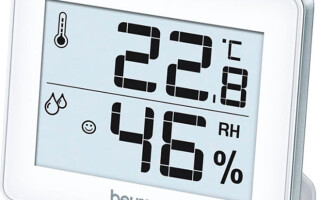The humidity sensor has another name - a hygrometer. It is a device for measuring the level of humidity. The latter indicator is important both for everyday life and for production processes.
In everyday life, the well-being of the inhabitants of the house depends on humidity. As for production processes, the level of humidity is important for some devices, they are even adjusted for it.
Content
Terminology
You should understand what air humidity sensors are, since not all users understand what indicators they are used for.
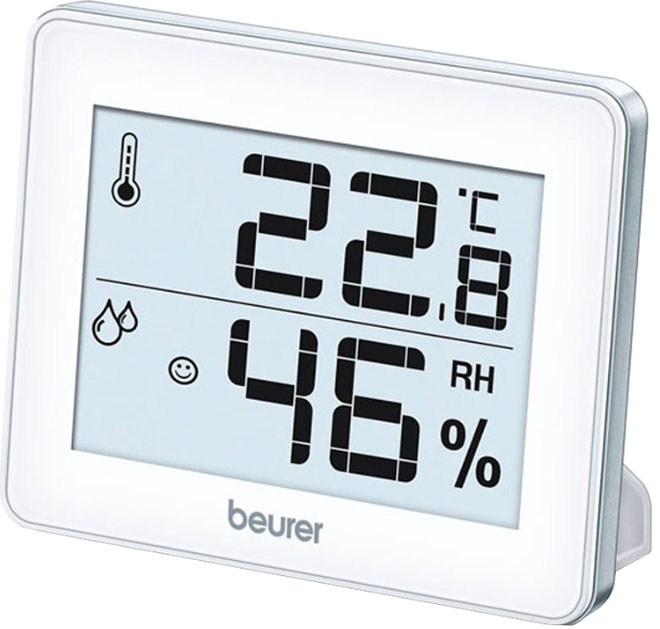
There is absolute and relative humidity. The first one means the exact amount of water in the air (measured in g/m3). In this case, the moisture content can also be determined as a percentage. This indicator has a limit - 100%. This is the highest value, which is also called the maximum saturation threshold. Another name for it is moisture content.The condensation process starts just from this limit.
There is a relationship between moisture capacity and ambient temperature. The higher the temperature, the more moisture can be collected in the same volume of air. Therefore, both digital and analog instruments are often equipped with an additional temperature sensor.
The ratio of moisture capacity to absolute humidity is the relative humidity of the air. When these values \u200b\u200bare equal to each other, a state called the “dew point” occurs.

This terminology needs to be understood before you go to buy a device, since sensors are selected based on a number of criteria.
Types of sensors and their principle of operation
Humidity sensors come in different types. On sale you can find 4 main types of such devices:
- Capacitive humidity sensor. It is an air condenser. The devices are used for both industrial equipment and household appliances. From a structural point of view, such a hygrometer consists of a substrate on which a thin-film polymer element is located. The substrate is made of ceramic, glass or silicon. The advantages of such devices are that they can operate at high temperatures, and in industry their resistance to chemical vapors is important.

- Resistive sensor. The principle of its operation is based on the change in the resistance index of a hygroscopic material, which occurs depending on the level of moisture content. Detectors of this type are most often used in everyday life.

- Psychometric sensor. In this case, its operation is based on the fact that during evaporation, heat is lost. This design uses 2 detectors: dry and wet.The temperature difference is measured, which makes it possible to determine the level of moisture content in the air. Once upon a time, such counters were used less frequently, since it was necessary to constantly check the tables. Today, these are high-precision digital instruments, and it is not difficult to use them.

- aspiration sensors. They are similar to psychometric ones, but their design provides for the presence of a fan, which is responsible for the forced injection of a gas or air mixture. It is advisable to install such devices where the air movement is characterized by weakness and discontinuity.

Regardless of whether it is a capacitive relative humidity sensor or a psychometric instrument, the user is interested in their reliability. That is, how well this device works in dampness, what factors can affect the accuracy of measurements, etc.
Resistive type detector device
Humidity devices of this type must record changes in electrical resistance in a hygroscopic medium. We are talking about materials such as salt, conductive polymer, other types of substrate. Most often, the second option is used. To understand the principles of determining - how to measure moisture measurements with this device, you need to consider its device.
Resistive type humidity sensors are metal alloy electrodes that are applied to the substrate using a photoresistor, or the second option - the electrodes are wound on a plastic or glass cylinder. The substrate is coated with the previously mentioned conductive polymer or saline solution.Sometimes the substrate is treated with another chemical compound, including an acid.
When water vapor hits the sensing elements, the ionic groups break down, which increases the electrical conductivity. Its measurements help determine the level of humidity.
A sensor of this type works quite quickly. For most models of such equipment, the response time is 10-30 seconds. The resistance range can vary from 1 kOhm to 100 mOhm. Portable multi-component sensors have fewer features than their more expensive counterparts. But for domestic purposes, this is enough.
The use of an electronic digital air humidity sensor of this type makes it possible to achieve good measurement accuracy. Calibration of the equipment is carried out in a special computer system.
Resistive sensors are resistant to environmental influences. They can operate from -40°C to +100°C. In addition, such devices normally serve for at least 5 years even in production, not to mention domestic use.
But the point at which they are installed still matters. If they are constantly exposed to chemical vapors or oils, the service life will be reduced.
Brief overview of devices available on the market, their application
Looking at how condensation hits the mirror in the bathroom, people think about installing a humidity device in the room. Especially when several electrical appliances are working there at once. The choice of a humidity sensor in the bathroom should be approached with responsibility.
Among resistive-type devices, the SYH-2RS model is considered a good option.It can operate at temperatures up to +85°C and has good technical characteristics. The sensor error is only about 5%. And one of its advantages is compactness.

Case thickness does not exceed 2.9 mm, length - about 10 mm; after installation, the device is almost invisible, that is, it will not spoil the interior. It works from a household network of 220 V.
Like many modern sensors, it can even overcome the main drawback of resistive devices, which is that in the presence of condensate, the accuracy of their readings is reduced. Nevertheless, more often than not, cheaper Chinese counterparts are used instead of this model.
Among the goods produced in the Middle Kingdom, most of the sensors are produced by unknown manufacturers. Of the Chinese, DHT22 and DHT11 are the most popular. The second option is cheaper, but the first is better.
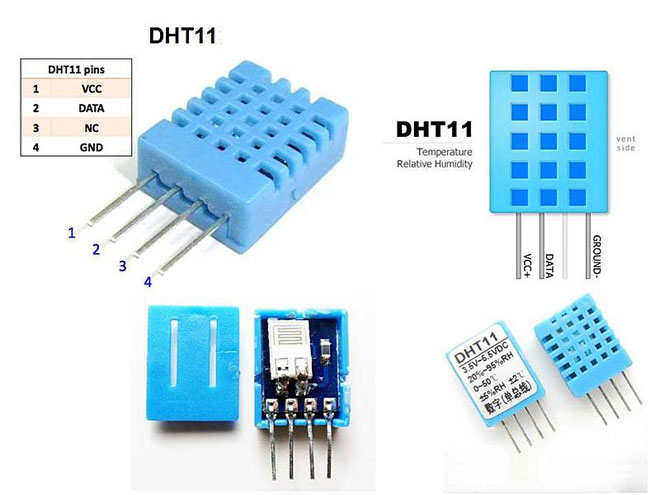
Such devices are installed simultaneously with the fan. Therefore, some apartment owners save money on sensors, preferring Chinese products, although they have a smaller temperature range and their service life may not reach 5 years.
Similar articles:
